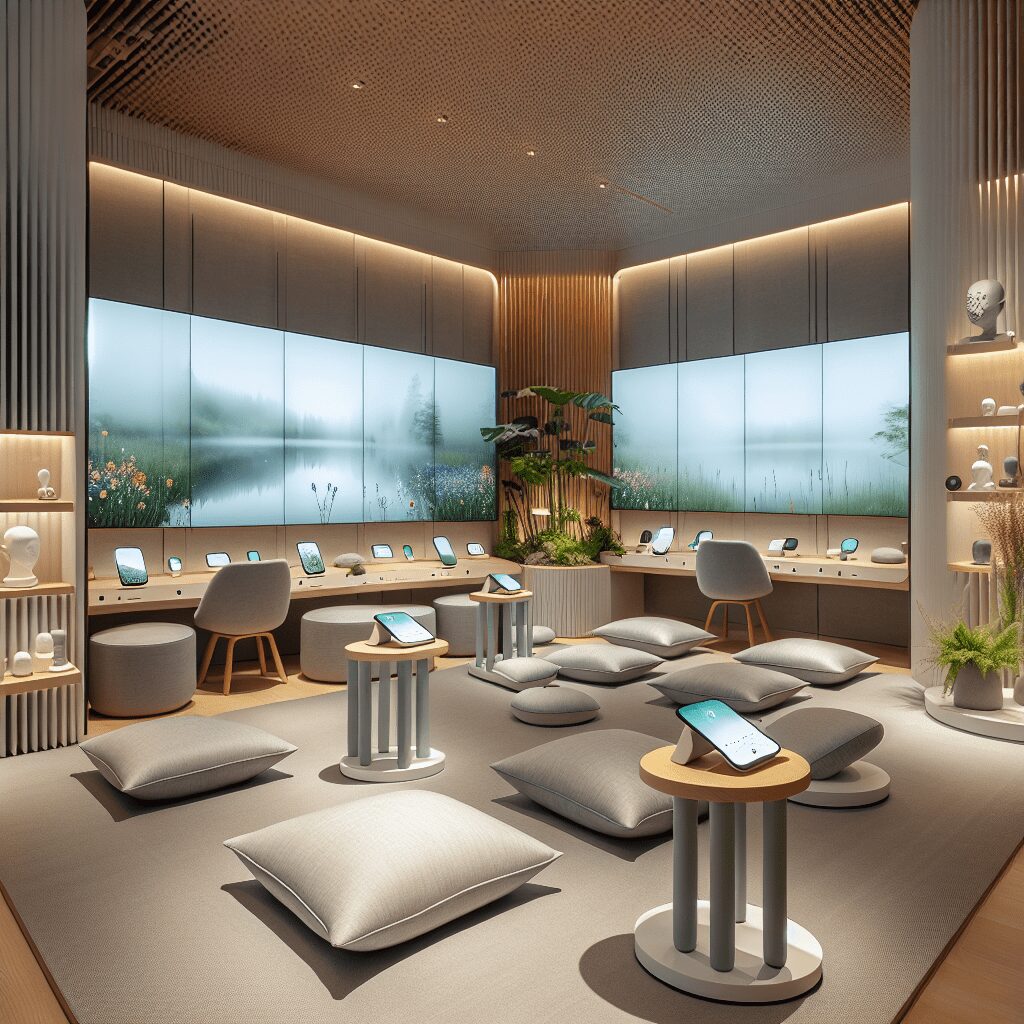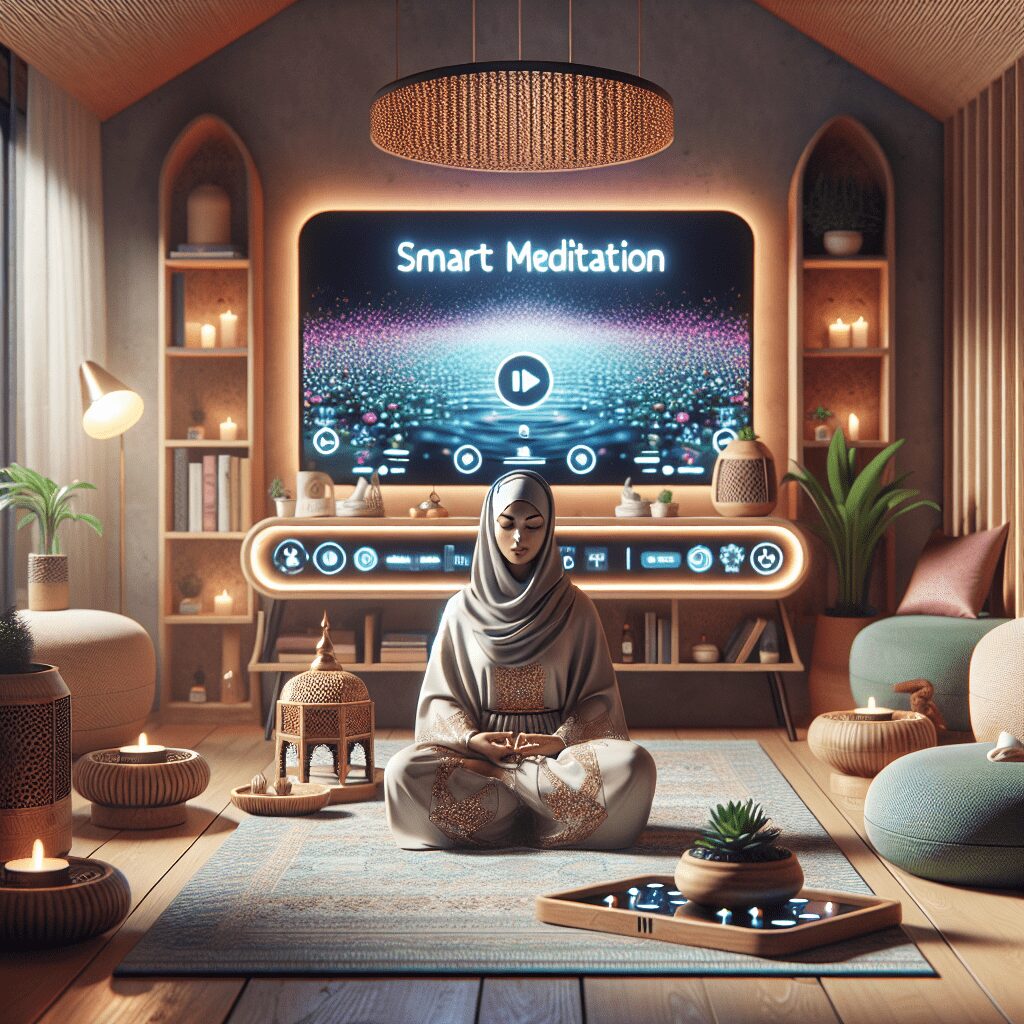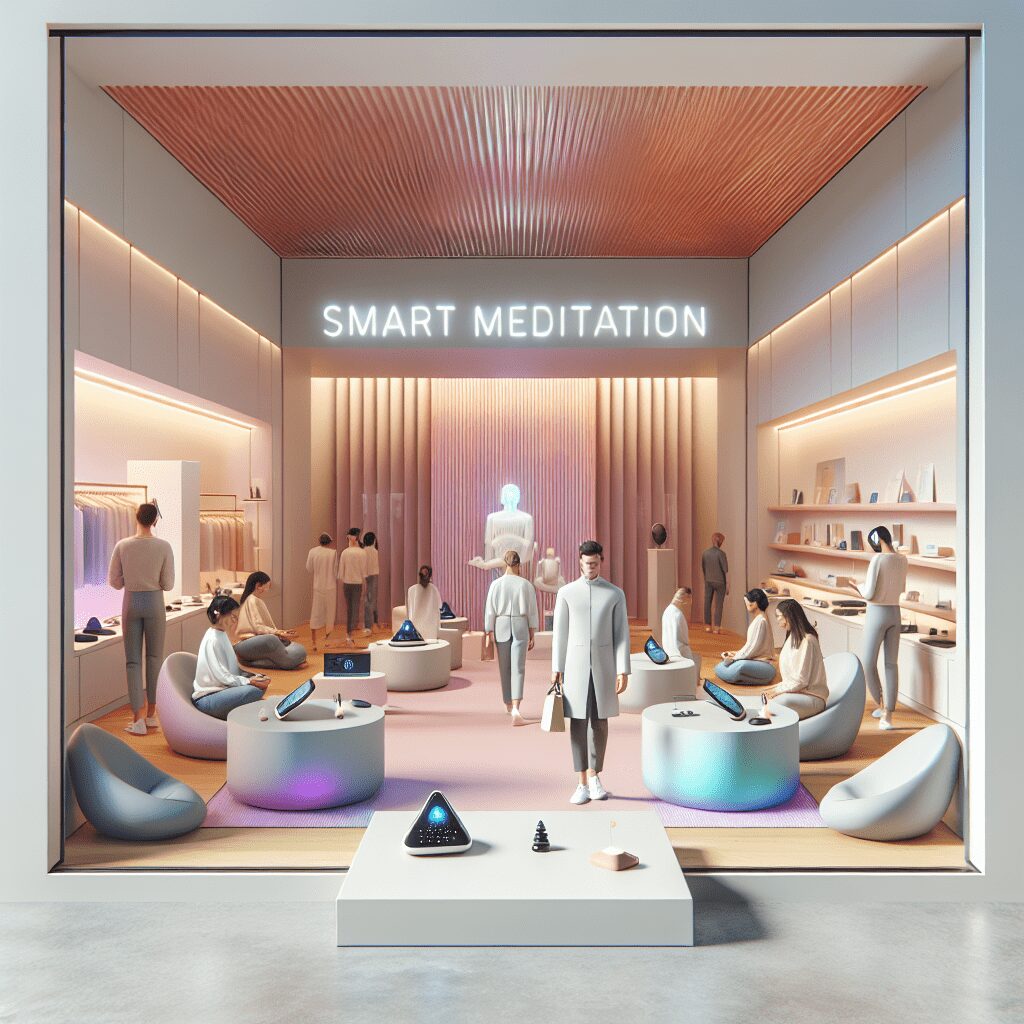
Prioritize your mental well-being daily. Enhance your life by nurturing your mental health with the Smart Meditation app. Break free from stress, alleviate anxiety, and enhance your sleep quality starting today.
What Color Causes Anxiety?
Unveiling the Chromatic Culprit: Colors That Stir Anxiety
In the vast spectrum of hues that paint our world, colors wield a profound influence over our emotions and behaviors. While some shades envelop us in a cocoon of calmness, others might just kickstart our adrenaline into overdrive. Ever wondered if there’s a particular color that’s notorious for nudging our nerves into the territory of anxiety? Let’s dive deep into the palette to uncover the chromatic culprit and explore the fascinating interplay between colors and our psychological state.
The Anxiety-Inducing Hue: A Closer Look
Ah, the perennial question that has piqued the curiosity of psychologists, artists, and the style-savvy alike: Is there a specific shade that cranks up our anxiety levels? Well, brace yourselves, because the answer isn’t as straightforward as a yes or no. It turns out, our reaction to colors is a complex concoction influenced by personal experiences, cultural contexts, and even biological factors. However, there’s a consensus in numerous studies pointing towards one particular hue that often tops the charts for causing discomfort — and that, my friends, is the color red.
Why Red?
-
The Alertness Effect: Red is universally associated with danger, stop signs, and warnings. This vibrant hue captures our attention instantly, triggering an unconscious alertness reaction. In essence, seeing red can put us on edge, making us more prone to feeling anxious.
-
Psychological Pressure: Ever heard of the “red effect” in competitive sports? Teams wearing red are often perceived as more dominant, increasing the pressure on the opponents. This color’s association with pressure isn’t just limited to sports; it can permeate into our daily lives, evoking feelings of urgency or stress.
-
Physiological Responses: Red doesn’t just mess with our minds; it gets our bodies in on the action too. Exposure to red has been linked to increased heart rate and heightened senses. While this might be great for a quick adrenaline rush, it’s not exactly the recipe for relaxation.
It’s Not All Doom and Gloom
Before you go ahead and banish red from your life, it’s crucial to remember that color perception is highly subjective. What serves as an anxiety trigger for one might be a source of strength and passion for another. Moreover, context plays a key role. A red dress at a party radiates confidence, while a red warning sign signals caution.
Colors to Cultivate Calmness
If red has the potential to unsettle, what colors should we lean towards for a dose of serenity? Soft tones like powder blue, sage green, and soothing lavender are known for their calming effect. These colors are often recommended for spaces designed for relaxation and meditation. Additionally, embracing earthy neutrals can provide a grounding experience, fostering a sense of stability and peace.
Wrapping Up with a Colorful Conclusion
In the grand scheme of things, colors are much more than mere decorations; they’re silent communicators affecting our mood and mental state. While red might have a rap for rousing anxiety in some, it’s essential to embrace the spectrum of colors with an open mind. After all, our individual reactions to colors are as unique as expressions of a vivid, personal story. By understanding and harnessing the psychological power of colors, we can curate our surroundings in a way that nurtures our well-being and reflects our truest selves. So the next time you’re deciding on a palette, whether for your wardrobe or walls, remember the profound impact those choices could have on your mood. Choose wisely, and let the colors you surround yourself with paint a serene and vibrant life!





